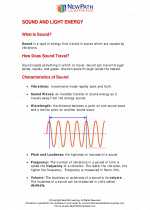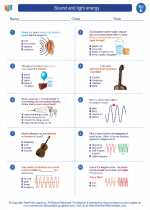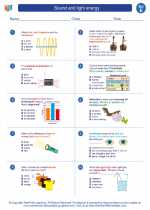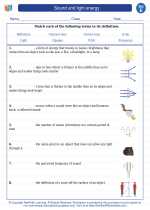Reasons for Migration
Animals migrate for several reasons:
- Food: Some animals migrate to find better sources of food. For example, birds may fly to warmer regions during the winter where food is more plentiful.
- Reproduction: Many species migrate to specific areas to breed and give birth to their young. This ensures the survival of their offspring in favorable conditions.
- Climate: Harsh weather conditions, such as extreme cold or drought, can prompt animals to migrate in search of more suitable climates.
- Habitat Destruction: Human activities, such as deforestation and urbanization, can force animals to migrate in search of new habitats.
Types of Migration
Migration can be categorized into different types based on the patterns and distances traveled:
- Seasonal Migration: This type of migration occurs at specific times of the year, such as during the changing seasons. Many birds and some mammals exhibit seasonal migration.
- Altitudinal Migration: Some animals move to different elevations within their habitat as the seasons change, typically ascending to higher elevations in the summer and descending to lower elevations in the winter.
- Long-Distance Migration: Certain species travel extremely long distances during their migrations. For example, the Arctic tern holds the record for the longest migration, covering around 44,000 miles round trip from the Arctic to the Antarctic and back.
- Irregular Migration: In some cases, migration patterns may not follow a predictable schedule or route, making them irregular in nature.
Navigation and Adaptations
Migration involves remarkable navigational abilities and physical adaptations. Some animals use celestial cues, such as the position of the sun, moon, and stars, to guide their migration. Others rely on landmarks, Earth's magnetic field, or even their sense of smell to navigate their journeys. Additionally, many migratory species undergo physiological changes, such as increased fat storage and changes in metabolism, to sustain them during long flights or journeys.
Environmental Impact
Migrations play a crucial role in ecosystems by influencing food webs, nutrient cycling, and species interactions. They also contribute to the dispersal of seeds and the movement of nutrients across different habitats. Human activities, such as habitat destruction and climate change, can disrupt migration patterns and have detrimental effects on migratory species.
Study Guide
To gain a comprehensive understanding of migration, consider exploring the following topics:- The migration patterns of specific species, such as monarch butterflies, wildebeests, or Arctic terns.
- The physiological adaptations that enable animals to undertake long and arduous migrations.
- The impact of human activities on migratory species and their habitats.
- The role of migration in maintaining ecosystem balance and biodiversity.
- The conservation efforts aimed at protecting migratory species and their migration routes.
[Migration] Related Worksheets and Study Guides:
.◂Science Worksheets and Study Guides Fifth Grade. Sound and light energy

 Activity Lesson
Activity Lesson
 Worksheet/Answer key
Worksheet/Answer key
 Worksheet/Answer key
Worksheet/Answer key
 Worksheet/Answer key
Worksheet/Answer key
 Worksheet/Answer key
Worksheet/Answer key
 Vocabulary/Answer key
Vocabulary/Answer key
 Vocabulary/Answer key
Vocabulary/Answer key
